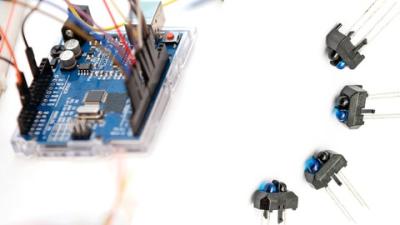Description
After Taking this course:
- No more getting up from the couch to change settings or turn things on/off
- Control up to 15 devices with just one remote
- Control using any remote as long as it has an infrared signal
- Works from anywhere in the room
- Provides a signal from across an entire room
- No need to worry about which buttons correspond to which devices
- Perfect for an environment where multiple people use the same TV and other devices, such as a family room
This course will help you implement infrared remote control to turn anything around you on and off with and without a microcontroller.
One of the most common forms of wireless communication is infrared. This course discusses IR control in detail and explains in a step-by-step manner how to use any remote control to control devices (On and Off) by using a Simple IR Reciever.
In this course, I will show you how to build a simple infrared-controlled device using a microcontroller.
What you will learn:
- We will first explore the physics of infrared radiation, how it can be detected by a phototransistor, and what happens when it is interrupted.
- In infrared radiation detection methods, we will also explore infrared control with and without a microcontroller.
- What are the benefits of infrared control with a microcontroller?
- We will then explore the Arduino library and library functions to create infrared light and detect an interruption of that light.
- Compare and contrast this to other methods for controlling infrared devices such as passive infrared
- Finally, we will create a circuit without a Microcontroller to receive the IR Signal and turn a device on and off using a really
The use of infrared control is not the only way to control infrared devices. There are many types of infrared sensors, some of which work without any need for a microcontroller. We will compare and contrast these two methods in order to better understand which one would be more appropriate for your project.

